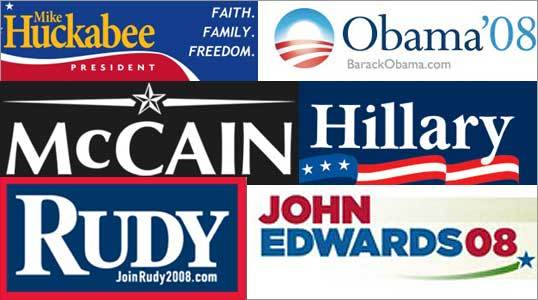
Will Ferrell is a wildly popular actor, able to turn a mediocre movie into comedic gold with his unique blend of physical comedy and deadpan delivery. Ferrell has mastered playing various takes on a particular stock character, the well-meaning, ill-informed oaf. He is rarely given a role that deviates much from this likeable buffoon; like any other human being, Ferrell has been penned into a comedic pigeonhole.
Everyday social interaction is a complex dance of morals, motives, and customs, with participating parties vying to be interesting but not offensive, intelligent but not pretentious, nice but not unctuous. Humor is an essential part of this strange dance. It is used to demonstrate social comfort, ease tensions, as well as engender goodwill in cultures across the world. The role that humor plays is as complicated as it is vital.
As one establishes an identity within a group, one establishes a humor niche at the same time. A humor niche is not necessary (meaning not everyone in a group will be a jokester), but individuals will prove themselves prone to certain types of humor as a social group develops. Once these niches are set, it is exceedingly hard to venture outside the boundaries that gradually delineate one’s comedic role.
Consider a small college class of 10-15 people. Early in the semester, by being brave enough to take a risk and crack jokes in front of an unfamiliar audience, one student will become the “alpha” class clown. As the semester continues, several other students will become comfortable enough with the group to show the comedic sides of their personalities. Often each student will have a particular brand of humor (sexual, cynical, confrontational, sarcastic, etc.) that becomes his or her trademark.
If a student who has not earned the confrontational humor badge tries to assert himself in this manner, the other students (the audience) will be caught off guard and likely will not react with laughter, the desired response. Thus this student will henceforth be much less likely to attempt a joke out of his/her domain. Someone who is not known for sexual (or race-based) jokes may be deemed offensive if he attempts a joke of that nature. Likewise, a student who is quiet most of the time, but pipes up with a funny, but unexpected, wisecrack, will see his audience squirm in uncertainty as they decide whether to laugh. Initial silence is often a comedic death sentence.
An audience must be primed for maximum comedic effect; if each individual comprising the audience assumes the others will laugh, he will laugh. If he is not sure, he will hesitate. Someone with a proven reputation for funny comments has the advantage of “preemptive laughter.” The audience is already gathered at the cliff; all he has to do is push them over.
My personal comedic niche is actually fairly nebulous. It is most evident in smaller groups, and fades to the background as the group grows. In my own circle of friends there are the following talents/niches: impressions, deadpan, wacky randomness, “that’s what she said” comments, puns, as well as people who pitch in occasional jokes, etc. Each person plays his or her role, and is duly accepted for it.











